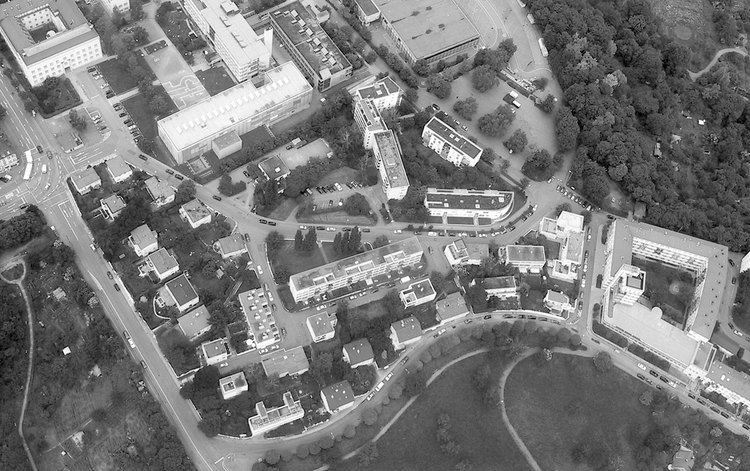Architect Jacobus Oud | Phone +49 711 2579187 | |
 | ||
Hours Closed today MondayClosedTuesday11AM–6PMWednesday11AM–6PMThursday11AM–6PMFriday(Good Friday)11AM–6PMHours might differSaturday10AM–6PMSunday10AM–6PMSuggest an edit Similar Weissenhof‑Museum im Haus Le Corbusier, Staatsgalerie Stuttgart, Villa Savoye, Villa Tugendhat, Kunstmuseum Stuttgart | ||
Weissenhof estate deutscher werkbund 1927
The Weissenhof Estate (or Weissenhof Settlement; in German Weißenhofsiedlung) is a housing estate built for exhibition in Stuttgart in 1927. It was an international showcase of what later became known as the International style of modern architecture. Two of its buildings, designed by Le Corbusier, as well as several of his other works, were inscribed as UNESCO World Heritage Sites.
Contents
- Weissenhof estate deutscher werkbund 1927
- Weissenhofsiedlung
- History and description
- Homes
- List of homes
- References
Weissenhofsiedlung
History and description
The estate was built for the Deutscher Werkbund exhibition of 1927, and included twenty-one buildings comprising sixty dwellings, designed by seventeen European architects, most of them German-speaking. The German architect Mies van der Rohe was in charge of the project on behalf of the city, and it was he who selected the architects, budgeted and coordinated their entries, prepared the site, and oversaw construction. Le Corbusier was awarded the two prime sites, facing the city, and by far the largest budget.
The twenty-one buildings vary slightly in form, consisting of terraced and detached houses and apartment buildings, and display a strong consistency of design. What they have in common are their simplified facades, flat roofs used as terraces, window bands, open plan interiors, and the high level of prefabrication which permitted their erection in just five months. All but two of the entries were white. Bruno Taut had his entry, the smallest, painted in various colors.
Advertised as a prototype of future workers' housing, in fact each of these houses was customized and furnished on a budget far out of a normal worker's reach and with little direct relevance to the technical challenges of standardized mass construction. The exhibition opened to the public on 23 July 1927, a year late, and drew large crowds.
Homes
Of the original twenty-one buildings, eleven survive as of 2006. Bombing damage during World War II is responsible for the complete loss of the homes by Gropius, Hilberseimer, Bruno Taut, Poelzig, Max Taut (home 24), and Döcker. Another of Max Taut's homes (23) was demolished in the 1950s, as was Rading's.
